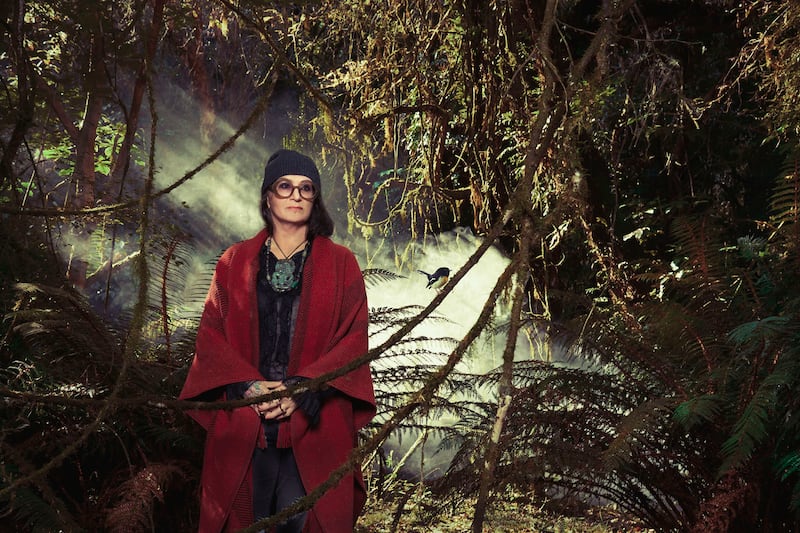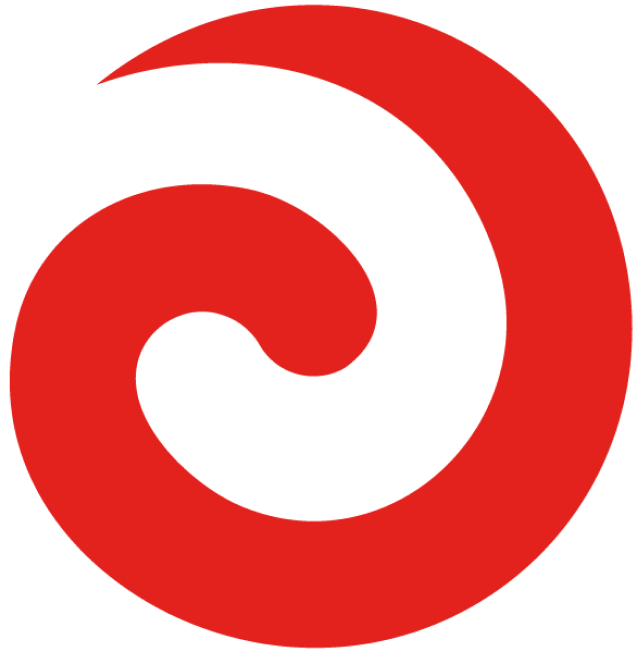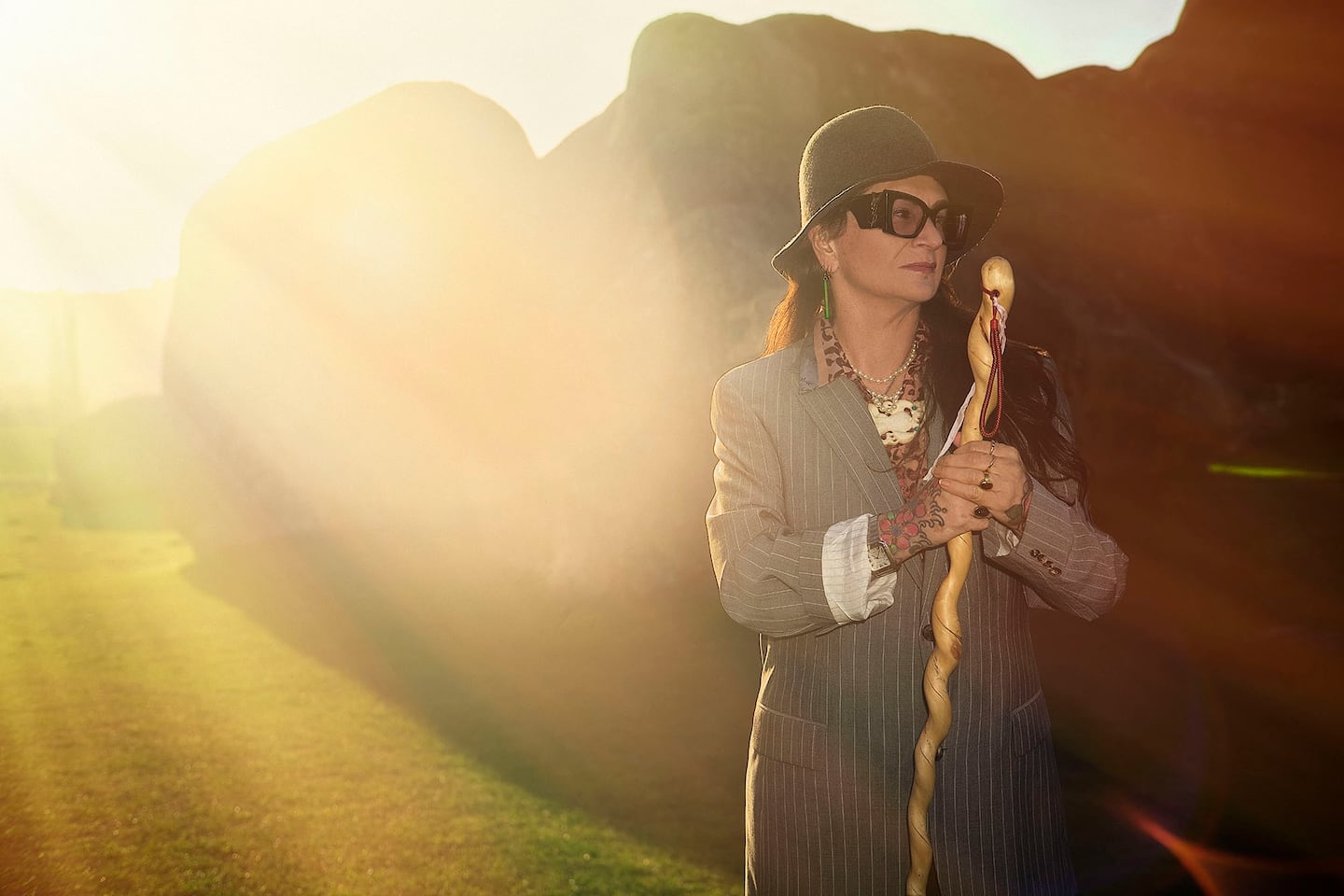Artist Dr Fiona Pardington (Kāi Tahu, Kāti Mamoe, Ngāti Kahungunu) is celebrating a magical week, filled with tears of joy.
Currently, in New York, the celebrated photographer has confessed to feeling more than a little emotional about her latest honour.
Pardington, who is Aotearoa’s representative at the 2026 Venice Biennale, was appointed an Officer of the New Zealand Order of Merit for services to photography in today’s King’s Birthday Honours.
Speaking to the Timaru Herald from the Big Apple, Pardington says she “burst into tears” when she first found out, and rushed to hug her whānau—and even her pet dog.
Expressing her gratitude, she says the honour belongs as much to her whānau and close friends as to herself.
“They’re the ones who have to put up with me.”
While in New York, Pardington joined several Māori and Pasifika artists for the reopening of The Metropolitan Museum of Art’s Oceania galleries on Saturday (local time).
Her work will be on permanent display in one of the “breathtaking new spaces” featuring over 650 works from across the Pacific region.
As she shared on Instagram, “The critical new approach positions art and taonga from Aotearoa New Zealand at the forefront of one of the world’s greatest museums.”
Over the weekend, Pardington revealed details of her upcoming Venice Biennale exhibition, Taharaki Skyside, set to open in May 2026.
Her new work builds on her 2024 series Te taha o te rangi (‘the edge of the heavens’), which features photographs of New Zealand birds preserved as taxidermy specimens in museum collections.
Pardington’s new portraits engage with the tradition of memento mori—a reminder of the inevitability of death and the preciousness of life.

By resurrecting their dignity, charisma and wildness, Pardington says she aims to bring these long-dead birds “vividly to life”.
“Birds can symbolise familial love, romantic attachment, ecological warnings, they can be intimations of mortality, and in my work they can also represent individual people in my life.
“The ideas I am conjuring remind us of the integral significance of manu within te ao Māori – as sources of food and materials, and intermediaries between human and divine worlds.”




